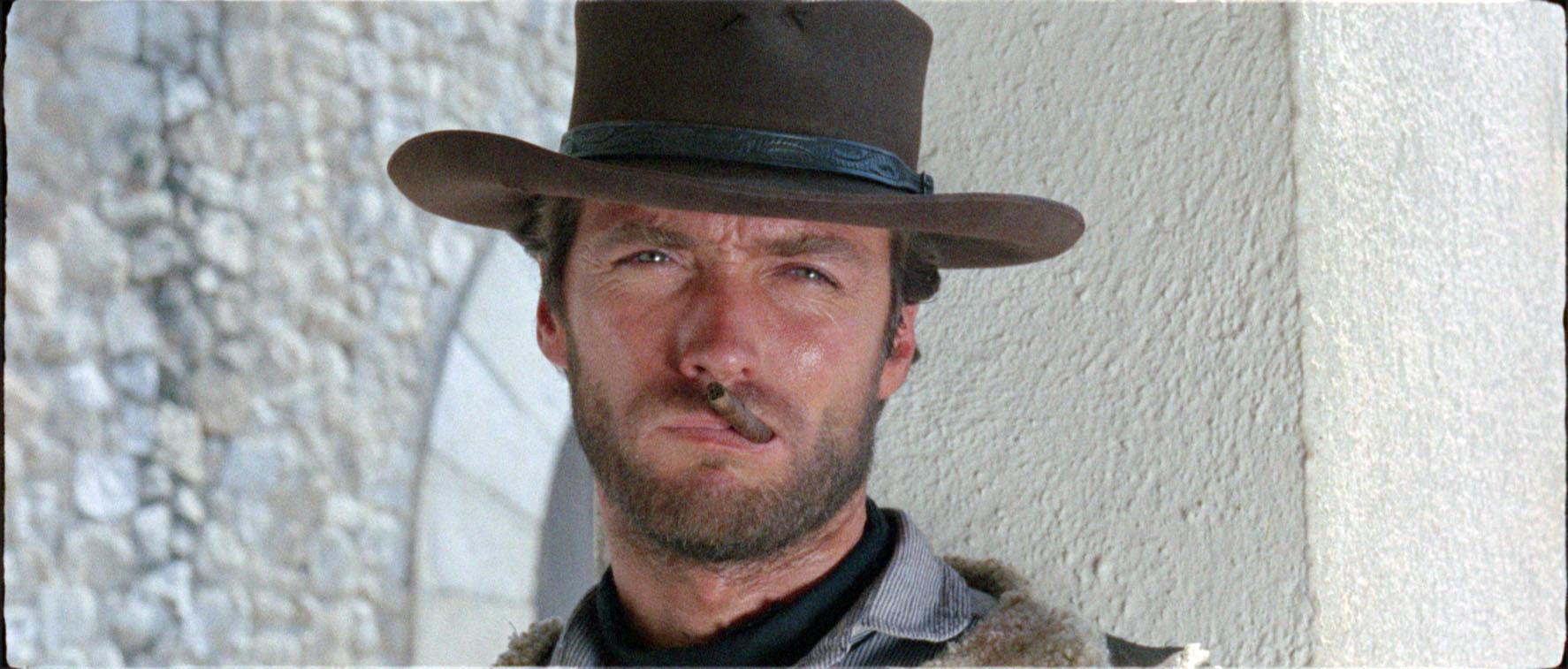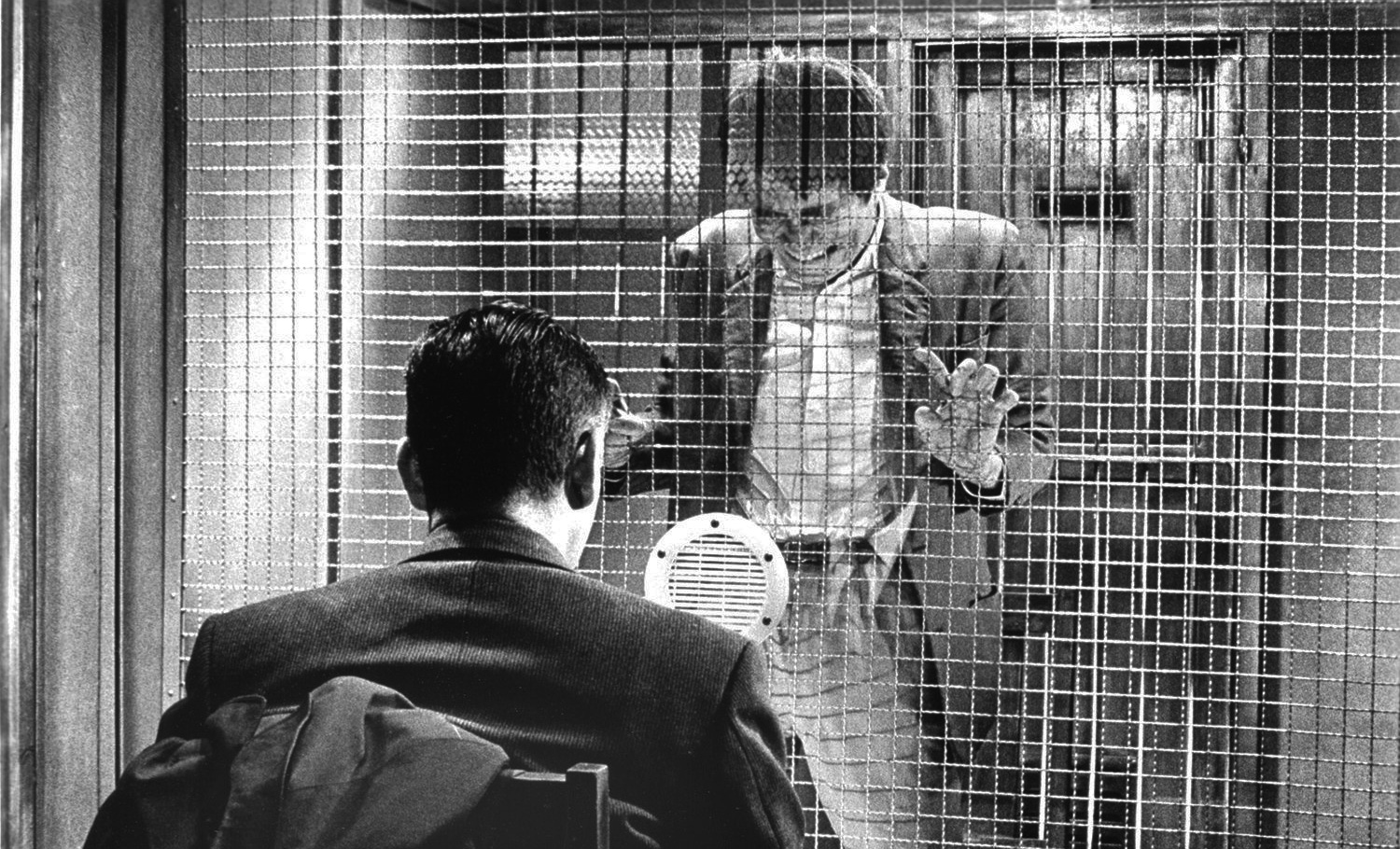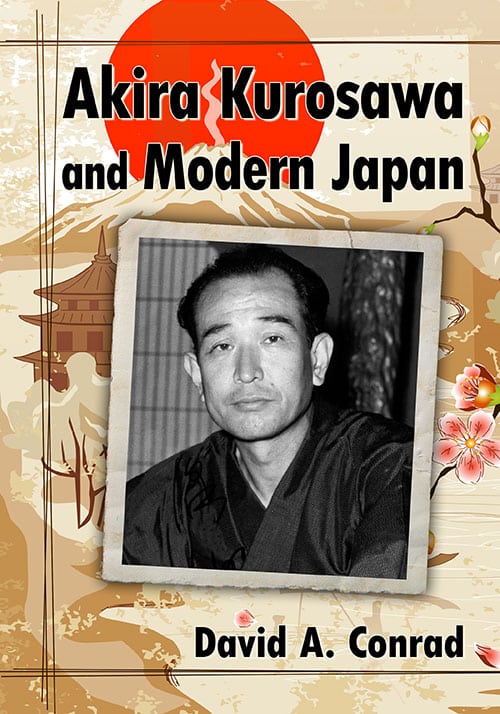‘What is cinema? The answer to this question is no easy matter. Long ago the Japanese novelist Shiga Naoya presented an essay written by his grandchild as one of the most remarkable prose pieces of his time. He had it published in a literary magazine. It was entitled “My Dog,” and ran as follows: “My dog resembles a bear; he also resembles a badger; he also resembles a fox…” It proceed to enumerate the dog’s special characteristics, comparing each one to yet another animal, developing into a full list of the animal kingdom. However, the essay closed with, “But since he’s a dog, he most resembles a dog.” I remember bursting out laughing when I read this essay, but it makes a serious point. Cinema resembles so many other arts. If cinema has very literary characteristics, it also has theatrical qualities, a philosophical side, attributes of painting and sculpture and musicial elements. But cinema is, in the final analysis, cinema.’2
‘Films are made up of many elements. Literary, theatrical, painterly, and musical. But there is something in film that is purely cinematic. When I make films or go to see the films of others, I go in hopes of experiencing this. I’m at a loss to express the quality in words. I hope one day to make a film in which every moment has that power. Until I do I am still only a student.’2
‘There is something that might be called cinematic beauty. It can only be expressed in a film, and it must be present in a film for that film to be a moving work. When it is very well expressed, one experiences a particulary deep emotion while watching that film. I believe it is this quality that draws people to come and see a film, and that it is the hope of attaining this quality that inspires the filmmaker to make his film in the first place. In other words, I believe that the essence of the cinema lies on cinematic beauty.’2
‘The films an audience really enjoys are the ones that were enjoyable in the making. Yet pleasure in the work can’t be achieved unless you know you have put all of your strenght into it and have done your best to make it come alive. A film made in this spirit reveals the hearts of the crew.’2
‘Those who see television as the enemy of the motion-picture industry are merely suffering from a superficial understanding of movies. The film industry has been the hare, caught napping, while the television tortoise walked on by.’2
‘It seems the entertainment sections of Japan’s film-production companies haven’t heard the proverb about the fish under the willow tree that hangs over the stream – the fact that you hooked one there once doesn’t mean you always will. These people continually remake films that were succesful in the past. They don’t attempt to dream new dreams; they only want to repeat the old ones. Even though it has been proved that a remake never outdoes the original, they persist in their foolishness. I would call it foolishness of the first order. A director filming a remake does so with great deference toward the original work, so it’s like cooking up something strange out of leftovers, and the audience who have to eat this concoction are in an unenviable position, too.’2
Sources:
1 These notes were published by Toho Company Ltd. in 1975 as advice to young people considering a career in filmmaking. They are taken from: Kurosawa, Akira. Something Like an Autobiography. Translated by audie E. Bock. Vintage Books, 1983.
2 These are taken from: Kurosawa, Akira. Something Like an Autobiography. Translated by audie E. Bock. Vintage Books, 1983.
3 These notes are taken from: Richie, Donald. The Films of Akira Kurosawa. University of California Press, 1996.





